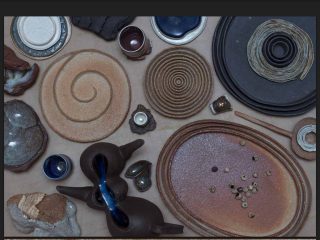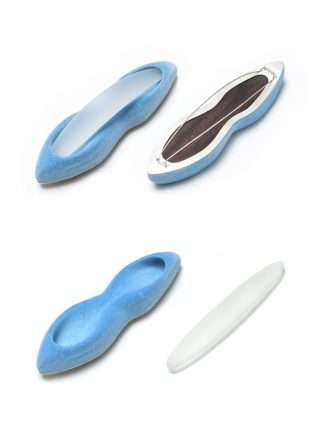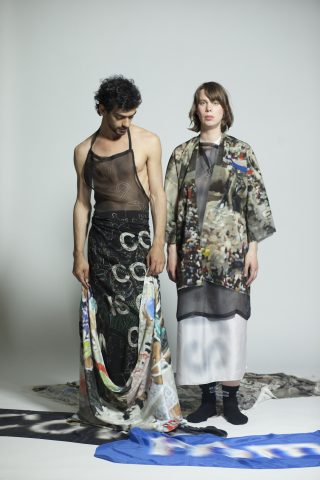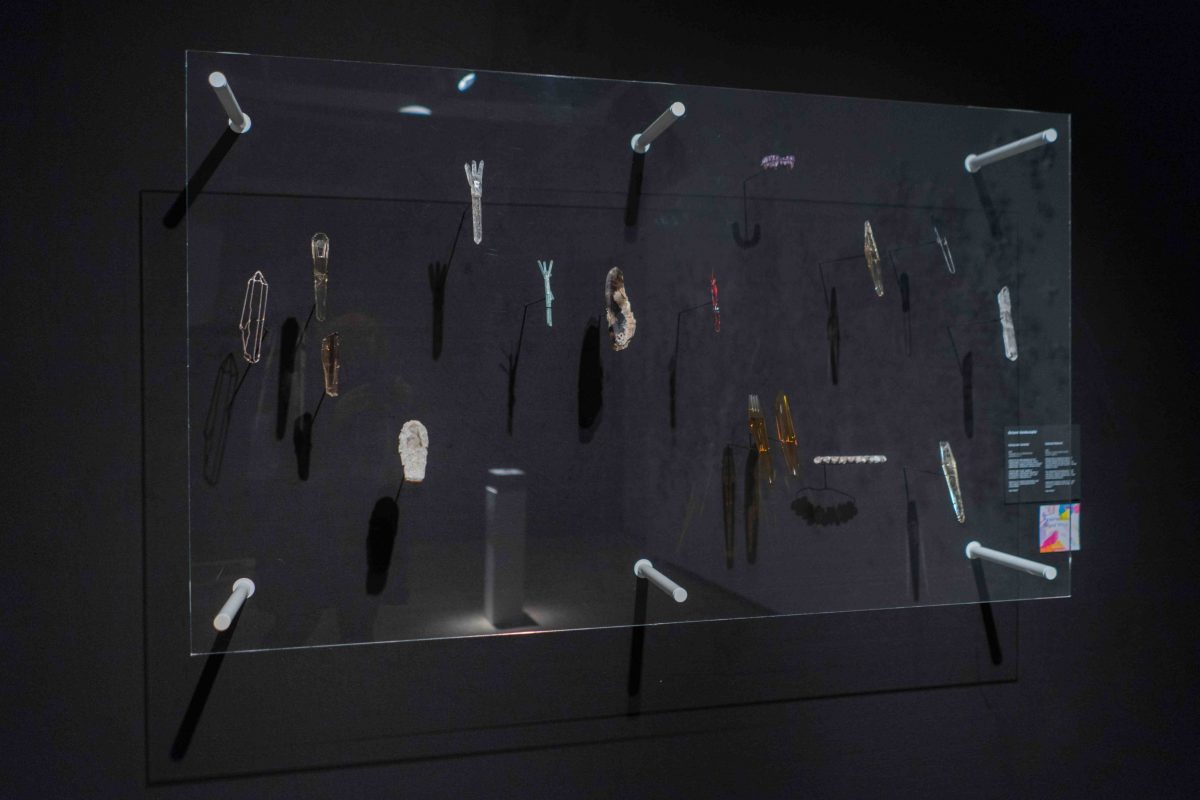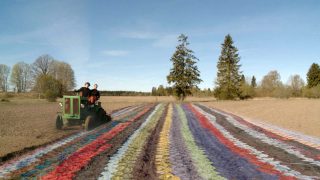The 8th Tallinn Applied Art Triennial, taking place next year invites artists to participate in its satellite programme. The Triennial welcomes projects that relate to its theme or introduce the field of applied art in a broader sense. Submissions are open until 7 January 2021.
Merle Kasonen, the Chairwoman of the Triennial says that the satellite programme welcomes exhibitions, performances, installations and other events taking place in Tallinn between May and August 2021. “The satellite programme of the Triennial allows focusing more attention on the field of applied art as a whole,” explains Merle Kasonen. “This provides the audience with a panoramic view of the field of contemporary craft – what themes artists working in various media are exploring and what the most exciting new directions are. The coherent programme gives the audience a better overview, while the events amplify one another and allow for a diverse experience.”
The main exhibition of the 8th Tallinn Applied Art Triennial titled “Translucency” opens at Kai Art Center on 28 May 2021 and welcomes visitors until 15 August 2021. The duration of the satellite programme is May–August 2021.
The main exhibition of the Triennial is curated by Danish glass artist and art historian Stine Bidstrup, who selected works from 24 international artists to interpret the theme. The exhibition includes various fields of applied art and focuses on the critical potential of translucency in contemporary craft. The Triennial’s main exhibition features the following artists from Estonia: Linda Aasaru, Eeva Käsper, Sandra Kosorotova, Julia Maria Künnap, Eve Margus-Villems, Helena Tuudelepp and Hanna-Maria Vanaküla.
The satellite programme of the previous Tallinn Applied Art Triennial in 2017 featured 26 exhibitions, performances, open studios and installation in various locations in Tallinn. The main exhibition of the Triennial was visited by around 5000 people during its three-month opening period and including its satellite programme, the total number of visitors to the Triennial was estimated at 30 000.
Please submit project proposals for the satellite programme of the Tallinn Applied Art Triennial before 7 January 2021 to info@trtr.ee. We kindly ask that you include the date, location and a short description of the event. Based on submissions, the Triennial compiles the satellite programme in early 2021. The Triennial introduces the satellite programme in its communications, however, (co)funding for projects is not available.
Tallinn Applied Art Triennial is an international art event established in 1997, organised by NGO Tallinn Applied Art Triennial Society. The Triennial contributes to the development of fields of applied art and contemporary craft.


